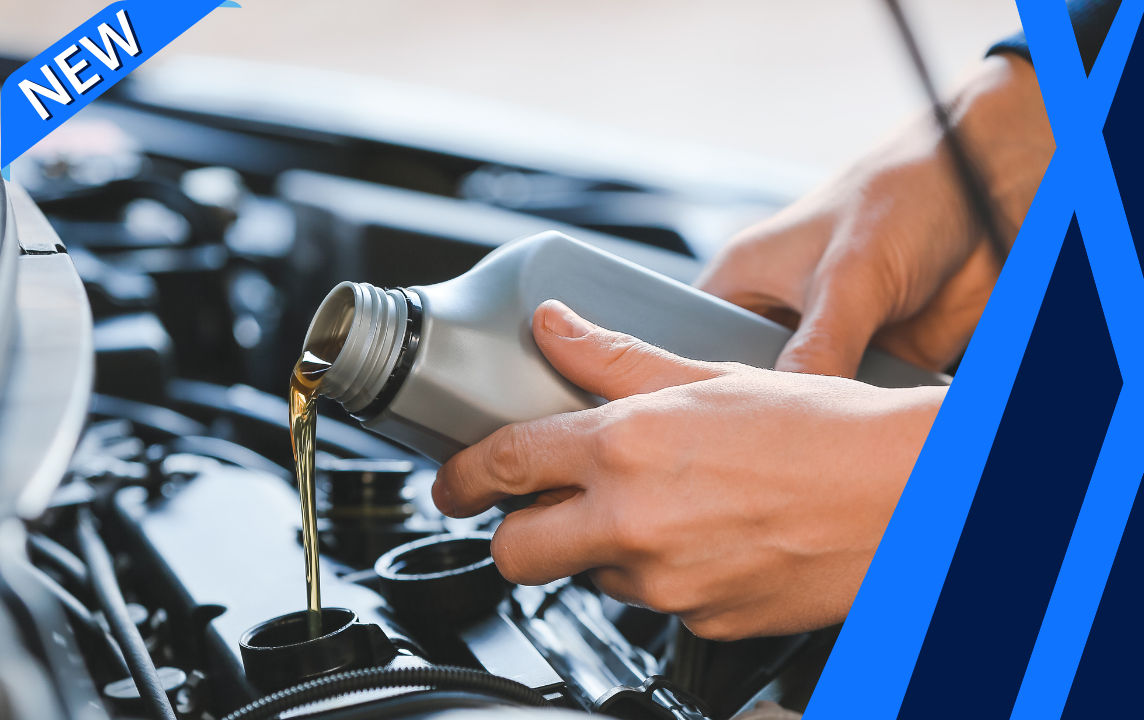Description
What is cleaning and repacking the wheel bearings all about?
A car’s wheels rotate on tapered-roller bearings which fit between the stationary axle spindle and the rotating wheel’s hub/brake mechanism. There are bearings on the inner and outer side of the hub to properly support the wheel. These are greased when installed, but the grease can, and does, break down over time, allowing dry contact between the various elements. When left unattended, this will lead to wear and, ultimately, to bearing failure.
Keep in mind:
- Since noise is the first symptom of metal-to-metal contact, it’s likely that damage has already occurred, and that bearing replacement may be necessary.
- The job will require the removal of the wheel and brake assembly, so it might be advisable to inspect the brake pads, steering tie rods and suspension pieces in the process.
- If you’re going to do one wheel, it’s only logical that you should also do the other side.
How it’s done:
- The vehicle is raised and supported on jack stands
- The front or rear wheels, brakes and hubs are removed from the vehicle
- The front or rear wheel hubs, bearings are cleaned and greased then install a new grease seal in hub
- The front or rear wheels, brakes and hubs are installed back on the vehicle
- The vehicle is lowered off of the jack stands
Our recommendation:
Consider having this job done when your vehicle reaches high mileage, particularly if it has been operated with heavy loads or on unusually bumpy roads.
What is a common symptom indicating you need to clean and repack the wheel bearings?
- Any noise noticeable from the wheels. It can start as a squeal, and then develop into a growl or even a grinding sound.
How important is this service?
A catastrophic wheel bearing failure can lead to the wheel coming off the car. Obviously, that could cause an accident or, at the very least, serious damage to the vehicle. It’s certainly worth discussing with one of our mechanics.




